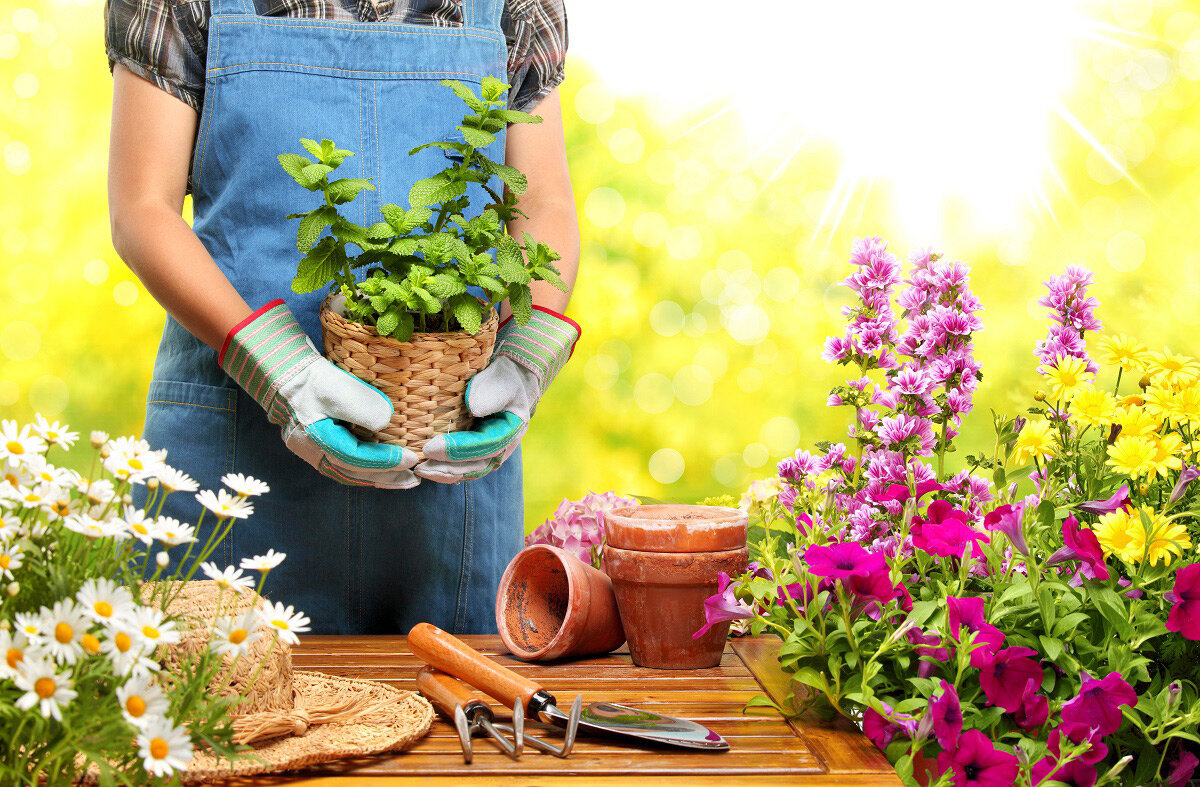Gardening for Kids: Why Personalization and Experience Matter
Gardening can be a meaningful and engaging learning experience for kids. It offers the opportunity to learn about different basic plant processes, the life cycle, and the importance of the environment. Apart from these concrete information, gardening can also cultivate healthy behaviors in children, such as patience, responsibility, dedication, and environmental awareness.
Kids are naturally active learners, so they prefer to do things on their own. This allows them to give in to their curiosity and use their high energies on productive activities.
As such, the secrets to introducing kids to gardening are two-fold: personalization and experience.
Personalization
Basic gardening methods and practices are important, but after teaching the fundamentals to kids, allow them to try things their way. This means letting them choose the plants they want to grow and design their own garden bed. Don’t worry if they choose plants that normally don’t go together; this is their time to experiment.
One way to incorporate customization is by applying the rules of the classic house game in kids’ gardens. Get a lightweight, customized planter for each kid, which they can treat as their “house.” They’ll be responsible for all the “chores” in their home, such as watering, cultivating the soil, and applying fertilizer. They can also design the planter box itself so that it reflects their personalities.
Another popular gardening project for kids is the rainbow garden. Organize the plants in a circle and assign each wedge to a single color. The children can decide what plant they want to grow in each section as long as it follows the color requirement. For example, they can choose between sunflowers or daisies for the yellow portion and between tomatoes and marigolds for the red section.
It’s also important that you offer high-interest plants to kids, so they’ll be excited to grow these on their own. They enjoy plants that have a bright color, strong scent, grows quickly, and are easily recognizable. Give them plants they’re familiar with; the thought of growing their favorite vegetables or fruit can make them eager to garden. Selecting plants with large seeds is also a good idea since these are easier for their small hands to handle. Pea, pumpkin, sunflower, and squash all meet these criteria.
But again, the most crucial part of teaching gardening to kids is allowing them to do it on their own.
Experience
Apart from letting children garden on their own, you also have to think of ways to elevate the experience. This is important especially since kids are highly sensory and easily bored. Here are some strategies:
Container Gardens: Your kids can still garden even if you don’t have a lot of room. Planting in pots allows children to have fun by creating their own small, masterpiece. They can also choose fun containers, such as colorful vases, recycled cans, or even dump truck toys they don’t play with anymore. The small scale is also more manageable, which is ideal for kids.
Scarecrow Making: Hands-on gardening activities don’t need to be limited to tending to plants. Scarecrow making combines both personalization and hands-on experience, so it can appeal to kids. If you don’t own a big enough garden to house a scarecrow, they can make a miniature one and place it in their “house” planter box.
Farmer’s Market Visit: When kids understand where food comes from, they may have a better appreciation for gardening. A market visit helps them trace the journey of food from farm to table and understand the importance of the earth and people who work hard to grow food.
Getting your children into gardening can be an enjoyable experience for the both of you. But your kids’ journey with gardening all starts with the right tools and equipment.
PolyStone Planters offers a range of lightweight, customizable planters that are perfect for the little ones.
Contact us today for more information about our products.


